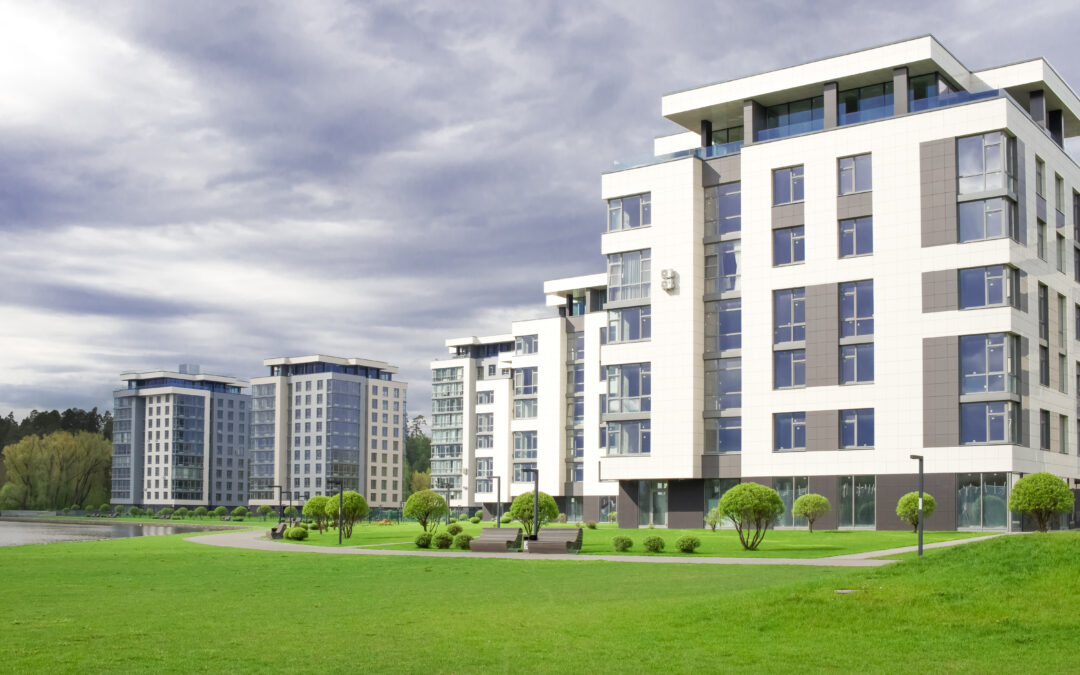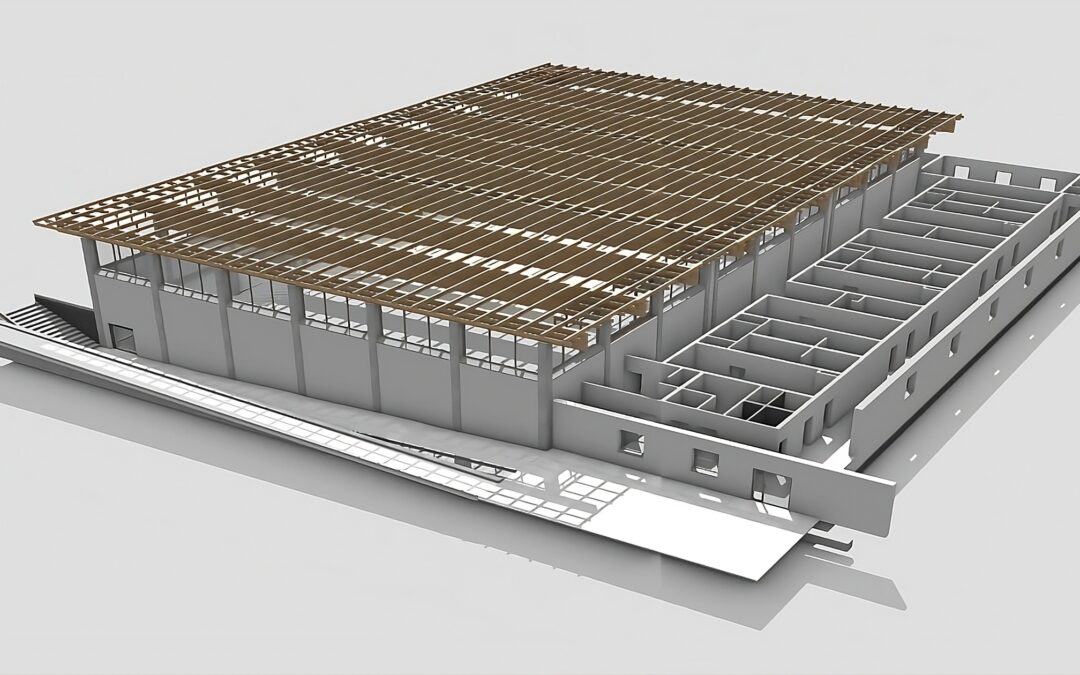The sustainability of concrete can also affect concrete production, design efficiency, and the total embodied carbon produced by a structure, according to BG&E Director of Materials Dr Daksh Baweja.
He says, “Work in concrete sustainability is transitioning from research to industry application, which has not been an easy path.”
A plethora of Australian sustainability ratings and Lifecycle assessment tools (LCAs), such as the Green Star Building Council of Australia’s (GBCA) Green Star tool, the Infrastructure Sustainability Council of Australia (ISCA) IS Materials calculator and the Cement Concrete and Aggregates Australia (CCAA) benchmarks are a positive step in the right direction.
However, Australian sustainability tools come with varying methods of assessment and application. For the purpose of demystifying concrete sustainability, this article explores some of the critical factors for reducing embodied carbon emissions.
Since cement contributes at least 75% of embodied emissions in concrete, when considered on a per cubic metre or per tonne basis,[2] it is often reduced and replaced with Supplementary Cementing Materials (SCM) such as fly ash and slag.
Dr Baweja says, “It should be noted that the reduction of cement in concrete is not a silver bullet, since an increased portion of cement is often required to meet a structure’s 50- 100 years design life requirement.
“A focus on cement reduction can also be counterproductive to overall embodied emissions from a structure’s design and construction.”
BG&E research found that embodied emissions of a short column can be reduced by increasing concrete levels and the associated cement levels. This reiterates findings of earlier studies that considered post-tensioned concrete slabs[3] and precast pre-stressed bridge girders.[4]
The inclusion of higher strength grade concrete with higher cement content can enable use of less steel reinforcement and a reduction in the volume of materials used, reducing a structure’s overall embodied emissions.
Dr Baweja says, “It is essential to look at the bigger picture since it’s not about what you put into a structure, but what sustainability benefits you get out of it across the lifecycle.
“As professionals in the built environment, we have a duty to implement sustainability practises effectively, for the benefit of the industry, the communities we shape and the planet.
“Engineers are well placed to provide holistic sustainability advice, with technical expertise regarding the design phase and materials.”
[1] Renewable and Sustainable Energy Reviews: Carbon emission of global construction sector, 2018.
[2] Flower, D.J.M., Sanjayan, J.G. et al., “Environmental Impacts of Concrete Production and Construction”, Proceedings, 22nd Biennial Conference of Concrete Institute of Australia, Crows Nest, Australia, pp. 1- 10, 2005.
[3] Jenkins, D., Baweja, D. et al., “Optimising Building Design for Sustainability Using High Performance Concrete”, Concrete Institute of Australia, Biennial Conference, Concrete 2011, Perth, Australia, 2011.
[4]Jenkins, D., Portella, J. et al., “Optimising Precast Bridge Girders for Sustainability with the Use of High Performance Concrete”, 8th Australian Bridge Conference, Sydney, Australia, 2011.



